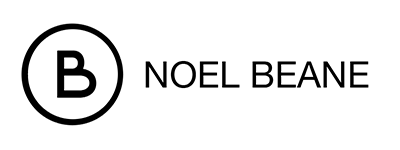Strategy: Design Systems
Design Systems
Deliver Design that Scales
A design system is a collection of shared patterns that allows you to stop focusing on the design and development of patterns and instead focus on their impact on the customer experience.
A design system promotes consistent branding, faster development, improved collaboration, and scalability. This scalable collection of components streamlines design processes increasing efficiency in development while saving time and effort for design teams. Studies have shown that an effective design system has positive impact on productivity, conversion, and loyalty.
The benefits of a design system can be measured by the time saved in development and the cost savings across multiple workflows including design, prototyping, testing and production. Over time it’s positive impact will manifest itself in increased revenue and customer satisfaction.
How does it work?
The creation and maintenance of a design system is a collaborative effort with a shared language and ownership. Designers, developers, and others can contribute to an open-source library while a dedicated team curates the patterns. An additional benefit is the cultivation of a culture of inclusion that reinforces your design principles across multiple teams bringing them closer together and providing a greater sense of ownership.
Design System Checklist
- Initial Collaborative Ideation
- Mapping of Expected Outcomes
- Commitment and prioritization
- User flows by persona
- UI Blocking
- Wireframes
- High fidelity mockups
- Interactive prototyping
- Component documentation
- Development Hand Off
Watch Out
Certain checklist items can be ignored depending on the team’s maturity and commitment to a single goal. Although, assumptions are always dangerous.
Key Take Away
A well structured and curated design system will empower your teams to:
- Codify and scale design efforts.
- Streamline design processes saving time and effort.
- Improve consistency across products and features.
- Increase efficiency in development.
- Brings together design and development teams.
The benefits of a design system is measured in time and cost across multiple workflows.
Productivity
34%
increase in design productivity
Conversion
94%
of a user’s first impressions are design related
Retention
88%
of users are less likely to return after a bad experience

